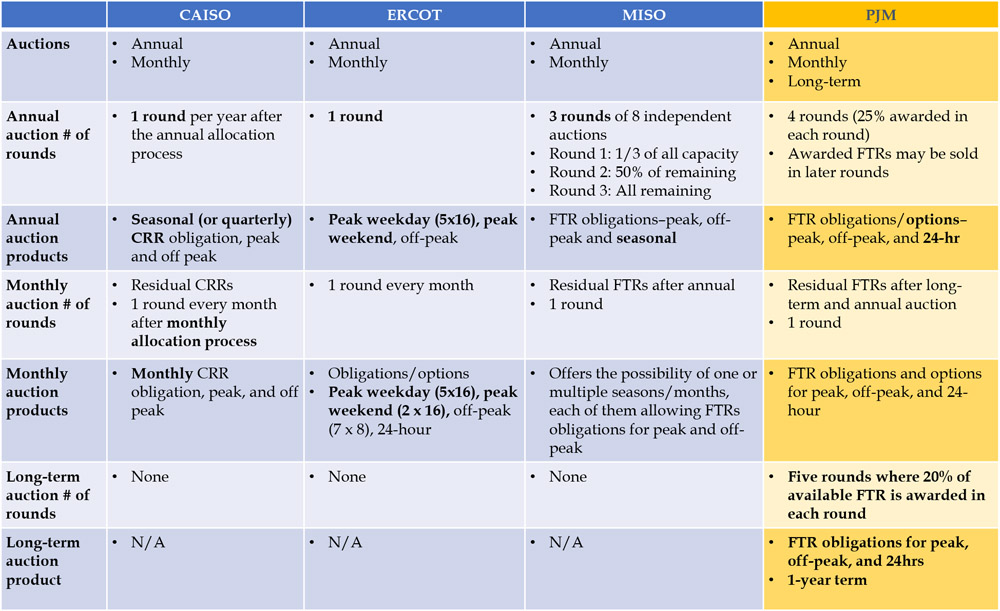Initial modeling of potential decarbonization pathways for Vermont shows that the state can meet 2025, 2030 and 2050 greenhouse gas emission reductions targets set by the 2020 Global Warming Solutions Act (GWSA).
A team of consultants developed the model to support the Vermont Climate Council as it finalizes the pathways and strategies it will include in the state’s Climate Action Plan due Dec. 1, David Hill, managing consultant at Energy Futures Group, said on Oct. 5.
The GWSA mandates GHG emission reductions of 26% below 2005 levels by 2025, and 40% and 80% below 1990 levels by 2030 and 2050, respectively. The model showed the state could exceed the 2025 target and meet the 2030 and 2050 targets, Hill said during the council’s latest meeting.
Exceeding the first target, he added, is all about pace.
“You can’t just barely meet the target in 2025 and then ramp it up to meeting 2030,” he said. “There is what we might call overachievement in 2025, but that is all in the interest of meeting the targets both in 2030 and 2050.”
Emissions would decline from 7.3 million metric tons carbon dioxide equivalent in 2025 to 5.2 million and 1.7 million in 2030 and 2050, respectively, according to the model.
The results, Hill said, are based on the policies and programs that the council’s Cross-sector Mitigation Subcommittee sees as the most feasible for attaining the largest GHG emission reductions in the most cost-effective manner. As the council compiles a draft plan over the next month, it will consider the subcommittee’s policy and program suggestions.
All subcommittee recommendations still must undergo further equity analyses based on the council’s guiding principles for a just transition adopted in August.
When the draft plan is complete, the consultants will plug the plan into the model to analyze the council’s official emission reduction pathway choices. A report on that analysis is due on Nov. 15.
Major Pathways
The cross-sector subcommittee made its preliminary decarbonization pathway recommendations to the full council in July for the transportation, buildings, non-energy and electricity sectors.
Initial modeling considered scenarios that are based on the subcommittee’s draft recommendations, including three major actions for transportation, buildings and electricity. Those actions are to adopt the Transportation and Climate Initiative Program (TCI-P) and a Clean Heat Standard (CHS), as well as increase the current Renewable Energy Standard (RES) to 100%. (See VT Climate Council Puts Clean Heat Standard on the Table.)
Transport
The model showed that the transportation sector could achieve an 88% reduction in emissions by 2050 under the subcommittee’s draft actions.
That result relies on a transition to battery electric vehicles (BEV) along with adoption of biofuel and a reduction of vehicle miles traveled.
The model phases out the sale of new internal combustion engine (ICE) vehicles in the state by 2033, Hill said, but biofuel would be needed for about 90,000 ICE vehicles still operating in 2050. By 2030, he added, Vermont would have 160,000 registered BEVs.
To support those transportation sector changes, the model considers Vermont’s possible participation in a regional cap-and-invest program. TCI-P would position the state to raise the consistent revenues necessary to fund BEV adoption and charging initiatives.
The cross-sector mitigation subcommittee will likely make TCI-P participation a priority pathway for the council’s consideration, according to Gina Campoli, subcommittee member and environmental policy manager at the Vermont Agency of Transportation. Benefits of participation would include a 30% reduction in transportation sector emissions and proceeds of $20 million/year, she said during the meeting.
Buildings
In the buildings sector, the model showed a possible 83% reduction in emissions by 2050 from the subcommittee’s draft actions.
The results cover residential, commercial and industrial subsectors, with most reductions coming from residential and commercial buildings, Hill said. Improved space heating, he added, is the primary driver of reductions.
The model anticipates reductions coming from the adoption of efficient heating systems, such as heat pumps, combined with better building performance and a phaseout of fossil fuels for cooking and water heating.
A fossil-fuel phaseout, under the model, could be accomplished through appliance standards or a CHS.
The subcommittee continues to support the CHS as a priority for the council’s consideration, according to David Farnsworth, subcommittee member and principal at the Regulatory Assistance Project.
A CHS is an equitable option that allows Vermonters to exercise choices in how they transition their heating systems, Farnsworth said during the meeting.
“We would recommend that the Vermont [Public Service Commission] administer the standard, establishing growing annual obligations to achieve thermal load and the necessary reductions to meet GWSA requirements,” he said.
Electricity
Vermont’s current RES has already pushed the state’s electricity related GHG emissions to 83% below 1990 levels, according to a recent report from the Energy Action Network. Recognizing that lowering emissions is not the primary goal for the electricity sector, Hill said, the model demonstrates generation growth and supports a 100% RES.
Generation in the model grows from 6,600 GWh in 2020 to 12.2 GWh in 2050, the bulk of which would come from offshore wind in the ISO-NE system.
With very low emissions, the electricity sector is now positioned as a backbone to decarbonizing the transportation and building sectors, according to Ed McNamara, subcommittee member and director of the Regulated Utility Planning Division at the Vermont Department of Public Service.
The subcommittee, therefore, continues to support its recommendation that the full council consider including a 100% RES after 2030 in the Climate Action Plan, McNamara said.
“We’re not actually recommending a very specific RES design,” he said. “There are a lot of different factors to consider — new versus existing requirements, regional versus in-state requirements, distributed versus large-scale [generation].”
Every choice has significant policy implications for cost-effectiveness and effects on low-income Vermonters, he said, adding that the subcommittee suggests the council “do further research and study on how [the RES] should be designed.”










